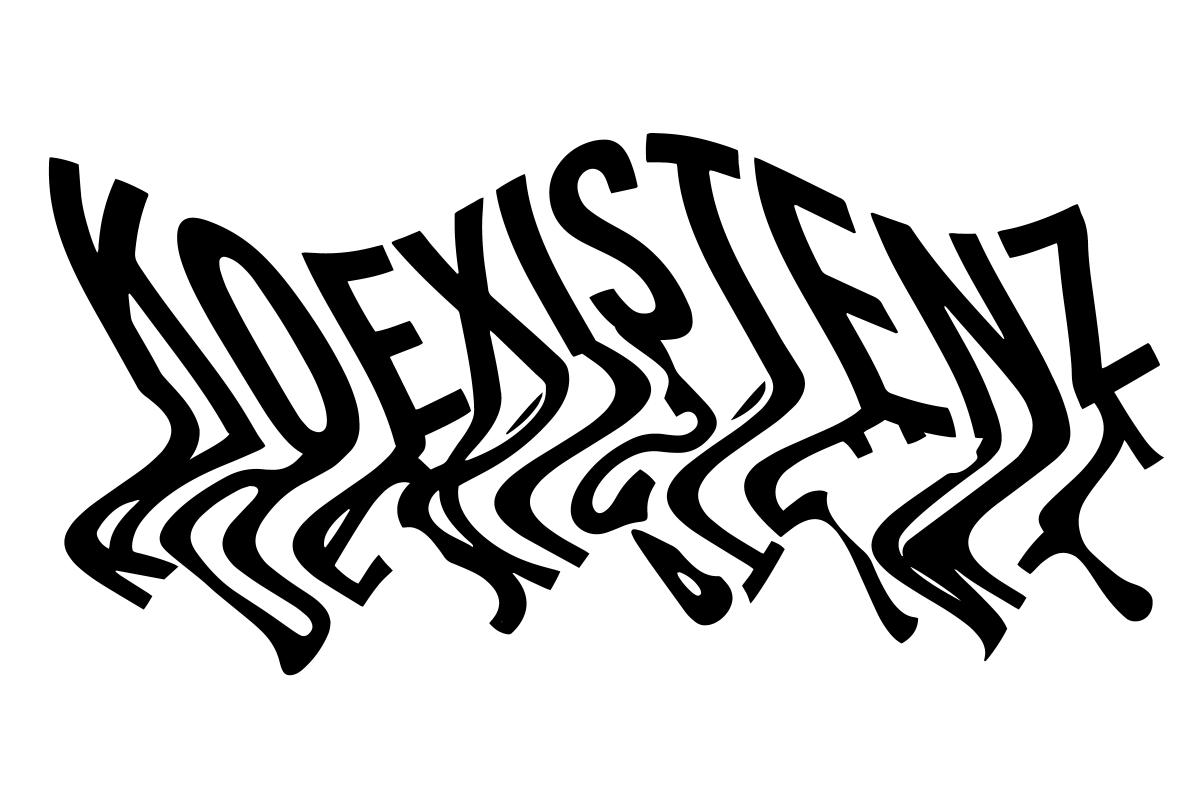Contagious Cities is coming to Berlin!
An infectious project of the Wellcome Trust, that spreads from the Museum für Naturkunde Berlin to the Robert Koch Institute.
Together with artists, scientists and citizens, KOEXISTENZ seeks to initiate a new debate on the relationship between humans, animals and viruses, marking the centenary of the 1918 influenza pandemic.
The two commissioned works by Simon Faithfull and Sybille Neumeyer approach the complex relationship we have with animals and bacteria from different perspectives.
Artist Simon Faithfull has worked with the bird collections and his own bird drawings to create An Arbitrary Taxonomy of Birds. The installation uses 80 specimens and 120 drawings to explore our attempts to categorise animals, re-framing them in a playful way that questions our relationship with the natural world and the influence of zoonotic disease
Sybille Neumeyer draws attention to the different perspectives of virus, host and vector in the form of an artistic walking tour. Taking the form of a physical and acoustic map for inside and around the museum, Neumeyer’s work weaves together facts, ideas and questions about the influenza pandemic and the history of virology in Berlin. It aims to demonstrate the multidisciplinary, cross-species and entangled story of influenza, pandemics and viruses in the city.
Berlin has a complex history of creativity and experimentation in both arts and sciences. Robert Koch pioneered bacteriology here in the 19th century, supporting germ theory to explain infections. Flu is a zoonosis, meaning it is transmitted from animals to humans - the word zoonosis was coined in Berlin by Rudolf Virchow in 1855, though he rejected germ theory, believing social factors like poverty were more important. Today, researchers at the Robert Koch Institute continue to study flu and many other diseases, as well as the influence of social determinants such as education and income on people’s health.
As part of Contagious Cities the museum at the Robert Koch Institute will set up a video installation which complements the already existing permanent exhibition. The storyline takes the audience back to the late 1800s, moving across places where Robert Koch made his most astounding discoveries. The meaning of contagion then changes as the story moves through the present day and into the future giving the viewer the chance to reflect on the various public health threats we face today and which we could face in the not so distant future.
Media representatives are cordially invited to the opening on Thursday, 16.05.2019 at 19:30. Accreditation: gesine.steiner@mfn.berlin
A cooperation with Wellcome Trust and the international project "Contagious Cities"
Further Information
Derived from the ancient Greek word táxis for order, the term taxonomy stands for the classification of objects. It is an essential part of our scientific research and the starting point for recognizing and describing connections and differences.
Simon Faithfull has always been fascinated by birds. His drawings, which he has been making since 2000, have always led him back to these animals, which he describes as everyday and yet strange - a parallel species that share an immediate habitat with us in our cities. During his wanderings through the Museum für Naturkunde, Faithfull was drawn to the field of taxonomy and, following J. L. Borges' "The Analytical Language of John Wilkins", he has created his very own classification of birds, including a category for ‘those who transmit avian flu’. In his work, he draws attention to how our relationship with nature is shaped by the way we name and categorize it and challenges us in a playful way to engage with this coexistence.
Stories about people, animals and viruses are stories of encounters, environments and relationships. On Sybille Neumeyer's artistic walk - a physical and an acoustic map - places in and around the Museum für Naturkunde Berlin become a storyboard for facts, concepts and questions about influenza pandemics and virology. It does not follow a linear history of infection, but rather traces multidisciplinary, cross-species and entangled stories of influenza, pandemics and viruses. In her search for the different layers and marginal events of this narrative, she gives both living and inanimate actors a voice. As part of their tour, the participants will have the opportunity to take on different perspectives, such as those of vectors, hosts and the virus itself. This kind of vocalization and polyphonic observation serves as a method to break through a purely anthropocentric perspective and invites reflection on coexistences.
More information about Contagious Cities and The Wellcome Trust
Contagious Cities is an international collaboration, developed by Wellcome, that explores the surprising interactions between people and pathogens in urban settings. It is staged across four global cities – Berlin, Geneva, Hong Kong and New York – and aims to support locally grounded conversations around the global challenges of epidemic preparedness.
Wellcome is a global charitable foundation that exists to improve health by helping great ideas to thrive. We support researchers, we take on big health challenges, we campaign for better science, and we help everyone get involved with science and health research. Wellcome is a politically and financially independent foundation. Last year, Wellcome opened a small office in Berlin so that we can work more closely with our international partners, tackling global health challenges such as epidemic preparedness and drug-resistant infections.
